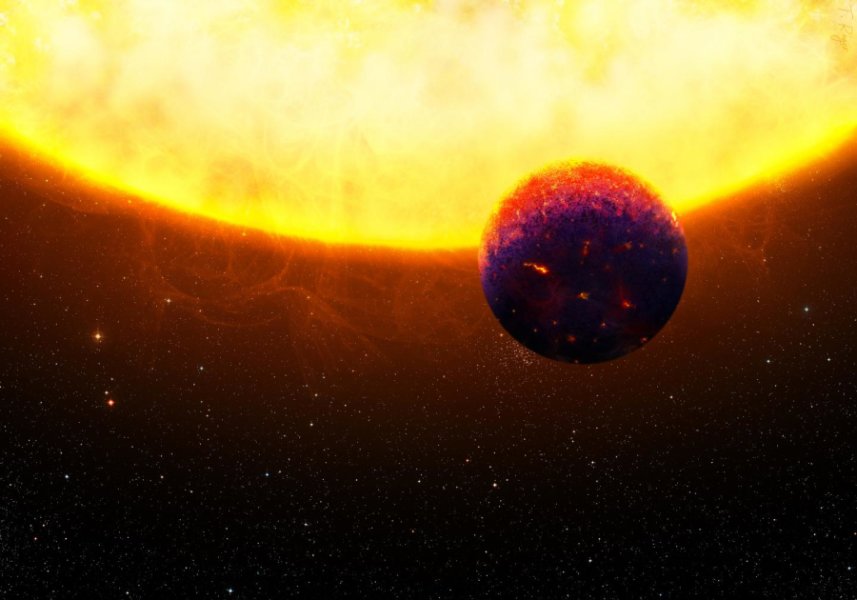New planets made of sapphires and rubies found

Islamabad: Planets that orbit very close to their star might not sound like a good vacation spot — but they may be very bling. Such planets, a special kind of ‘super-Earths’, contain high quantities of calcium, aluminum, and their oxides, a new paper reports. These oxides are more commonly known as sapphires and rubies.
“What is exciting is that these objects are completely different from the majority of Earth-like planets,” says lead author Caroline Dorn, “if they actually exist.”
The study focused on a planet called HD219134 b in the constellation Cassiopeia. This planet, which is some 21 light years away from Earth, is very different from our own in that its core isn’t rich in iron, but in calcium and aluminum. It likely also looks very different, too. Because the planet’s chemistry is dominated by these metals, there is also a large quantity of their oxides littering its surface — and those oxides are rubies and sapphires.
HD219134 b is one of three candidates likely to belong to a new, exotic class of exoplanets, reports Caroline Dorn and her colleagues from the Universities of Zurich and Cambridge.
The main thing that sets them apart from other known planets is their formation. Stars start out as masses of gas which condense and start spinning, forming a disk, with the soon-to-be star at its center. Rocky planets (like Earth) later accrete from the solid leftovers of this disk (the bits that remain after the star formed and the disk dispersed).
Generally, since most matter close to the center is drawn in by the young star, planets form from solid bits formed in areas where iron, magnesium, and silicon condense. That’s why the Earth or Mars are rich in such elements. Most of the super-Earths known so far have been formed with material from such regions. However, they don’t form only there — planets can also accrete closer to the star, where conditions are much hotter.
“There, many elements are still in the gas phase and the planetary building blocks have a completely different composition,” says Dorn.
The team used computer simulations to calculate that planets forming in such hot regions would be mainly constituted from calcium, aluminum, magnesium and silicon — and almost no iron. This chemical difference would further impart other differences to such super-Earths compared to our planet. For example, they couldn’t form a magnetic field (unlike other Super-Earths). Without such a field to insulate the planet from solar winds, their atmospheres would likely be very different from our own.
The team therefore believes that a new, exotic class of super-Earths — one formed from high-temperature condensates — should be established to define such planets.
“We have found three candidates that belong to a new class of super-Earths with this exotic composition,” Dorn explains. “In our calculations we found that these planets have 10 to 20 percent lower densities than the Earth.
Why these planets have such low densities isn’t yet known. One of the hypotheses the team explored was that such planets have thick atmospheres, which would lead to an overall lower density — but two of the planets they looked at didn’t even have an atmosphere any longer as they orbit too close to their star. They also considered whether these low densities are the product of planetary cores that contain disproportionately large amounts of water or gas — however, this hypothesis was disproved as well.





